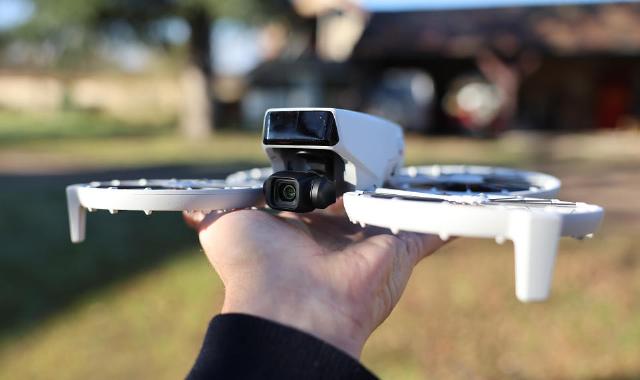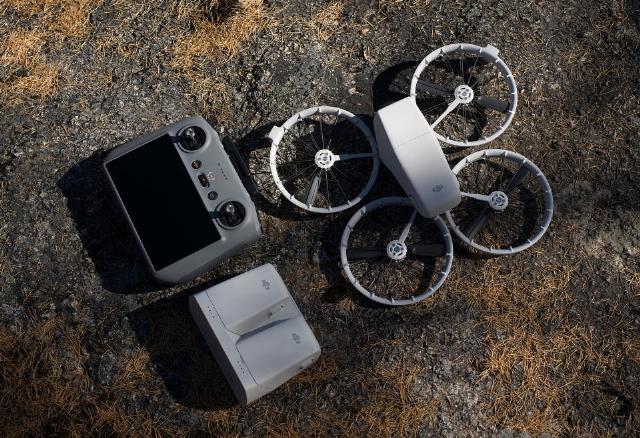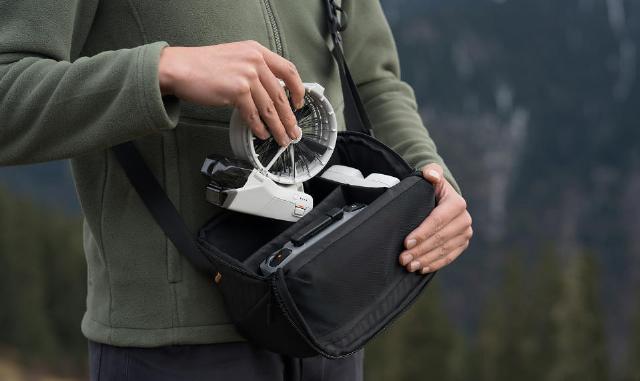
DJI Flip
DJI's new Flip drone combines the advantages of previous models — the simplicity of the DJI Neo with the huge photography capabilities of the DJI Mini and the lidar obstacle detection system inherited from the Air 3S.
An undoubted advantage is the propellers protected from all sides. The drone's "skeleton" is made of carbon fiber, which is 60 times lighter than polycarbonate and at the same time much stronger. As a result, Flip's weight does not exceed 250 grams. Like the Neo, Flip allows you to choose from six intelligent shooting modes, which is very important for novice users. The drone automatically takes off and operates in the selected mode, shooting high-quality video with a resolution of up to 4K and at 60 frames per second and avoiding obstacles using lidar.

DJI Flip
More experienced drone operators can control the drone using an RC 2c or RC-N3 controller without a screen. Flip is operated both manually and automatically. The disadvantages include the inability to track obstacles from behind. Flip can accelerate up to 40 km/h, but its low weight makes it extremely vulnerable in strong winds. The large propellers are very quiet, which allows the drone to be used when filming special events. The drone has a very light and roomy battery — only 83.5 grams and a capacity of 3110 mAh, which ensures its operation from 28 to 34 minutes and a flight range from 8 to 13 km. It is possible to control the drone via Wi-Fi at a distance of no more than 50 meters. Flip is available in three versions — with the RC-N3 controller ($440), with the RC 2 controller ($640) and the Fly More kit with the RC 2 controller, charger, carrying case and two spare batteries ($780).

DJI Flip
Alexander Ageev
